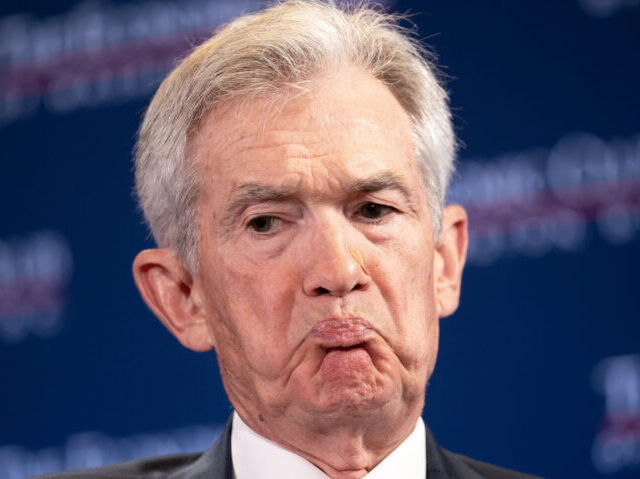The U.S. economy grew at an annual pace of 2.8 percent in the second quarter, much faster than the two percent forecast by Wall Street analysts.
The stronger-than-expected growth indicates that the economy has continued to expand despite high interest rates, calling into question the need for a rate cut from the Federal Reserve in the near term.
In the first quarter of the year, growth slowed to 1.4 percent after rapidly growing in the second half of 2023.
Consumer spending—the main engine of economic growth—rose 2.3 percent, beating forecasts, according to data released by the Department of Commerce on Thursday. Spending on durable goods led the increase, indicating consumers remain willing to purchase big ticket items such as cars and appliances despite high interest rates. Spending on services accelerated as well.
Business fixed investment rose at a brisk 3.6 percent, the fastest pace of investment in nearly a year. Growth in spending on equipment soared by the most since 2022.
Government spending jumped at a 3.1 percent pace, driven by a rise in defense spending.
By subscribing, you agree to our terms of use & privacy policy. You will receive email marketing messages from Breitbart News Network to the email you provide. You may unsubscribe at any time.
Final sales to private domestic purchasers, key measure of the growth impulse of the private sector, rose at a strong 2.6 percent rate for the second consecutive quarter. This suggests that demand remains strong and has not weakened from the start of the year. This measure grew at a 3.6 percent pace in the first quarter of 2023, 1.7 percent in the second quarter, three percent in the third, and 3.3 percent in the fourth.
Inflation slowed but not by as much as expected. The annual rate of core personal consumption expenditures inflation fell to 2.9 percent in the second quarter, down from 3.7 percent in the first quarter. Economists had forecast a fall to 2.7 percent.

COMMENTS
Please let us know if you're having issues with commenting.